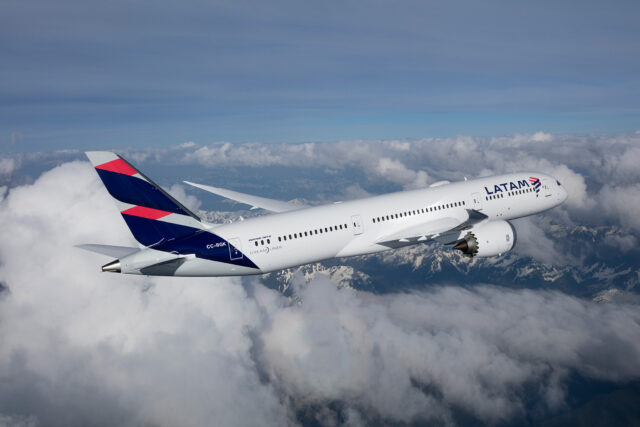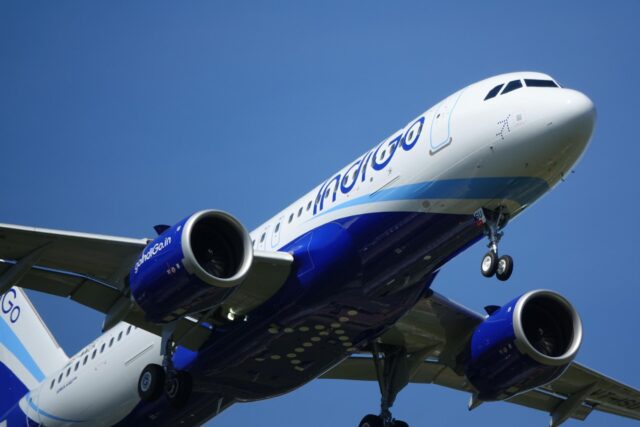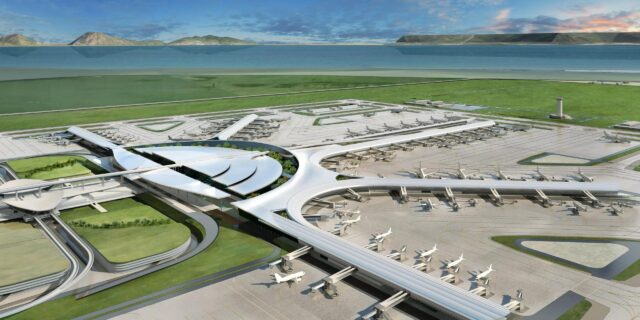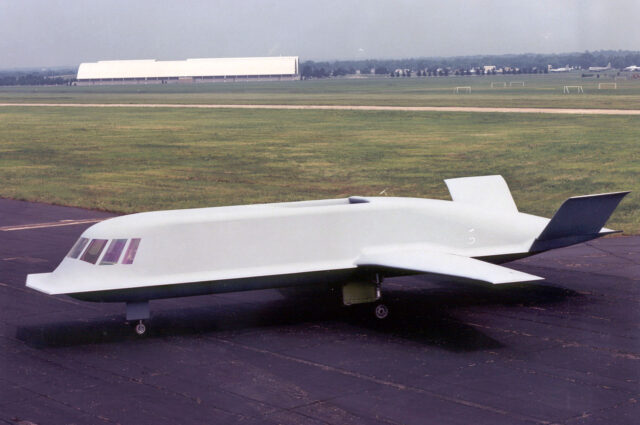WestJet’s pilots protest new seat squeeze and lack of recline: Is a 28” pitch too tight?

October 6, 2025

WestJet’s pilots are criticising the airline for its plans to introduce a narrower pitch and seats that don’t recline in its new narrowbody cabin. A group representing the airline’s pilots has protested the airline’s latest cabin design choice on Facebook, pointing out that pilots also sometimes fly at the back of the aircraft.
WestJet’s cabin redesign introduces varying pitch
WestJet announced a narrowbody cabin redesign in September and plans to refurbish its existing Boeing 737-8 MAX and 737-800 narrowbody fleet with new interiors. The updated cabin will include new Premium seating, an expanded Extended Comfort section, and updated ultra-slim economy seats with a fixed recline.
The pilot protest stems from the airline’s decision to select fixed recline seats and add an extra row to the aircraft, with variable separation (pitch) between rows in standard economy class.

As WestJet explains in its new cabin updates, the back-of-cabin seats (rows 20-31) will offer less space, the middle of the cabin (rows 15-19) will offer “a bit more space,” and the front of the cabin (rows 10-12) will provide more space. The airline does not specify the pitch for each of these three alternatives. However, the airline’s pilots may have a basis for their 28” claim as the airline already flies at 28” pitch on some aircraft.
How does a 28” economy pitch compare to WestJet’s competitors?
According to data from aeroLOPA, WestJet’s current pitch in economy class on its 737s ranges between 29” and 30”. Depending on the design of the new ultra-slimline seats that WestJet selected, many passengers may not perceive a 1” pitch difference.
That is because many of these seats compensate for narrower seat separation with ergonomically contoured slim backs that provide the passenger with a bit more knee room. That said, 28” is on the narrow end of airline seat pitches, and taller passengers may feel crowded in the row.
While WestJet does not explicitly provide measurements for the narrower rows in the new cabin design, introducing a 28” pitch would not be new for the airline. WestJet’s published LOPA (location of passenger accommodation) for the cabins on the current 737 MAX 8 all-economy variant, the airline states that some rows may go down to a 28” pitch.

Other comparable North American airlines offer the following seat pitches on their narrowbody aircraft:
- Air Canada – 29.5” to 32” pitch
- Allegiant – 28.5” pitch
- Alaska Airlines – 31” pitch
- American Airlines – 30” to 32” pitch
- Delta Air Lines – 30” to 31” pitch
- Flair Airlines – 29”-30” pitch
- Frontier Airlines – 28” pitch
- JetBlue – 31” pitch
- Porter – 30” pitch
- Southwest Airlines – 32” pitch
- Spirit Airlines – 28.2” pitch
While WestJet only announced narrower seating for the last 12 rows on the redesigned aircraft, even a 28” pitch throughout the cabin would not be unheard of for a low-cost airline in North America—Southwest Airlines’ very generous 32” pitch is an exception.
How uncommon are fixed recline seats?
Fixed-recline seats are a controversial but not entirely unpopular choice. There has been an ongoing debate among passengers about the etiquette of reclining when seated on an aircraft, and both sides of the discussion feel passionately one way or the other.
These seats address that dispute. They avoid passengers intruding on fellow passengers’ space, but are typically angled to provide some relief to the back. Some airlines have introduced them because they are often lighter in weight and require less maintenance (with no moving parts to break down). They can also enhance a sense of legroom by avoiding passengers leaning back against the knees of taller passengers behind them.

Other North American carriers (Air Canada, Allegiant Air, and Spirit Airlines) have also installed fixed-recline seats on some or all of their narrowbody aircraft. However, most North American carriers offer limited recline on their reclining seats—as little as 2”. Southwest Airlines has avoided the controversy by selecting pre-reclined seats that slide forward when adjusted.
WestJet’s contentious relationship with its pilots
The pilot protest of the new seat design may be less about crushed knees than about other bones of contention. The airline has faced pushback from its pilots on salaries and policies on several occasions.
On May 16, 2023, WestJet’s mainline pilots (represented by ALPA) issued a 72-hour strike notice; WestJet responded with a lockout notice. A tentative agreement on May 19, 2023, averted a strike over the Victoria Day weekend.
On May 29, 2024, WestJet’s regional subsidiary, WestJet Encore pilots (also represented by ALPA) filed a 72-hour strike notice after rejecting a previous tentative deal. WestJet responded by issuing a lockout notice. A new tentative agreement reached the following day avoided the strike.
In June 2024, ALPA reported that multiple grievance cases, which had been pending through May, were still awaiting arbitration for WestJet Airlines pilots, including one alleging management noncompliance with contract terms.

In March of this year, ALPA Canada criticised WestJet Encore’s plan to hire pilots through the Temporary Foreign Worker (TFW) Program. The union also called out the federal government for approving the plan. In April, WestJet reversed its plans to hire temporary foreign workers as pilots.
Whether the airline’s pilots can be as successful with WestJet on pitch and recline as they have been with other disputes is something to watch.
















